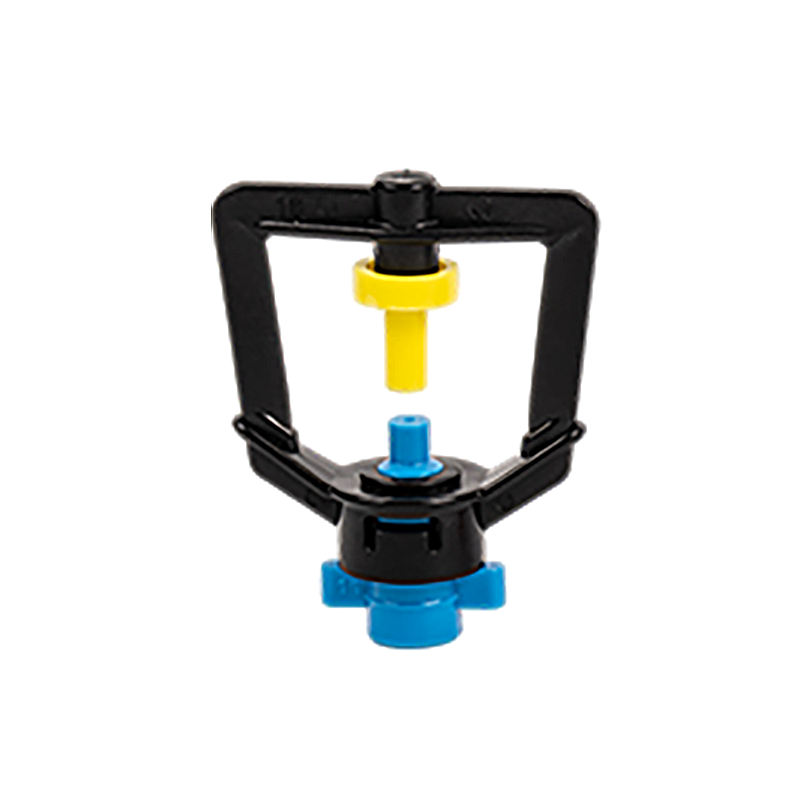 By Admin
By Admin Complementary Coverage: Drip irrigation systems excel in delivering precise amounts of water directly to the root zone of plants, minimizing water waste and promoting efficient water use. However, they are typically used for row crops, individual plants, or narrow strips of vegetation where uniform coverage is essential. Micro sprinklers complement drip systems by providing broader coverage, especially in larger or irregularly shaped areas that may not be effectively covered by drip lines alone. This dual approach ensures that all parts of the landscape receive adequate moisture, reducing dry spots and promoting consistent plant growth across the entire irrigated area.
Mixed Zones: Integrating micro sprinklers with drip irrigation allows for a versatile irrigation strategy that can adapt to different plant types, spacing, and soil conditions within the same irrigation zone. Drip lines are ideal for delivering water precisely to specific plants or rows, while micro sprinklers can be strategically placed between drip lines to irrigate wider areas or fill gaps in coverage. This mixed zoning approach optimizes water distribution efficiency, ensuring that each plant receives the right amount of water according to its needs. It also facilitates irrigation management in complex landscapes where varying plant requirements or soil moisture levels exist.
Flexible Application: Micro sprinklers offer flexibility in application, allowing for adjustments in flow rate, spray pattern, and coverage area. They can be installed on adjustable risers or stakes, enabling precise positioning above ground level to accommodate plant height and growth stages. This flexibility is crucial when integrating with drip systems, as it allows irrigation designers to fine-tune water delivery based on plant spacing, soil type, and topographical features. By strategically placing micro sprinklers alongside drip lines, irrigation efficiency is maximized without compromising water conservation goals.
Water Management: Effective integration of micro sprinklers with drip irrigation requires meticulous water management practices to ensure optimal performance and resource efficiency. Both systems can be controlled using a centralized irrigation controller or valve system, which synchronizes their operation and enables precise scheduling of watering cycles. Pressure regulators and flow control devices are essential components that maintain consistent water distribution and prevent overwatering or underwatering within the irrigation zone. Proper hydraulic design, including calculations for pipe sizing, pressure requirements, and valve placement, is critical to achieving uniform water application and minimizing water loss.
Environmental Considerations: The combination of micro sprinklers and drip irrigation supports sustainable water management practices by maximizing water use efficiency and minimizing environmental impact. Drip irrigation reduces water loss to evaporation and runoff by delivering water directly to the plant root zone, while micro sprinklers enhance coverage and ensure comprehensive moisture distribution across the landscape. This integrated approach helps conserve water resources, reduce energy consumption associated with irrigation, and mitigate soil erosion risks by maintaining soil moisture levels and promoting healthy root development. It also supports biodiversity and ecosystem health by optimizing water use in agricultural and landscaping practices, contributing to long-term environmental sustainability.
YR9806 refraction nozzle for nurseries greenhouse net room
